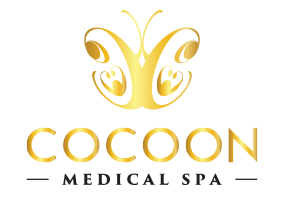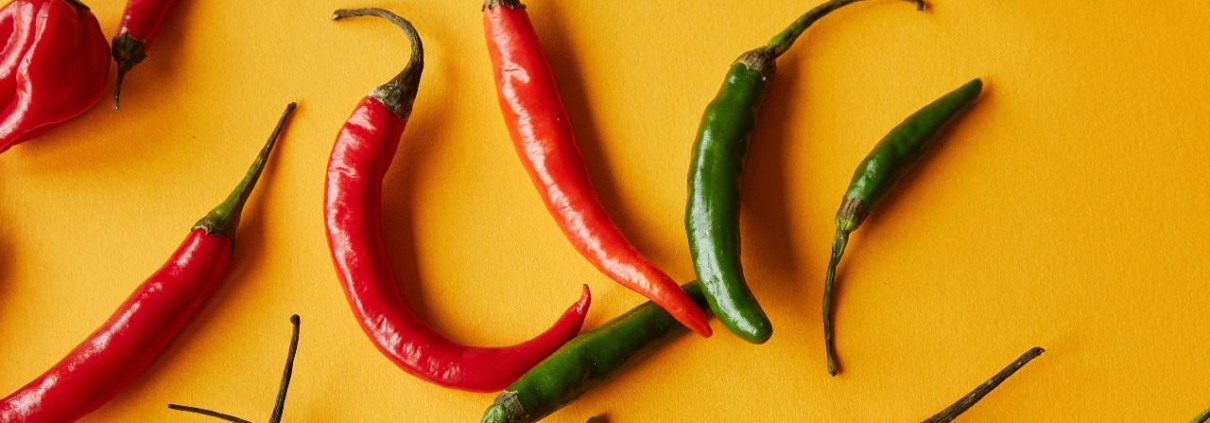5 Rosacea Food Triggers You’d Better Avoid
Rosacea is a common, chronic skin disorder that affects millions of people around the world. The condition is characterized by facial redness and sometimes painful bumps or pimples on the face, neck, chest, and scalp. Unfortunately, certain lifestyle factors can trigger rosacea flare-ups, including certain foods. To help those with rosacea manage their condition more effectively and comfortably, it’s important to identify which foods may be provoking these episodes. Keep reading an article to discover primary rosacea food triggers.
What Triggers Rosacea?
Rosacea is a chronic skin condition that affects an estimated 16 million Americans. Characterized by redness and flushing of the face, rosacea can cause discomfort, embarrassment, and even depression if left untreated. But what causes this common skin disorder?
Experts believe there are several triggers for rosacea, including environmental factors such as sun exposure or wind burning, lifestyle choices like alcohol or spicy foods, and certain medical conditions like menopause or acid reflux. Additionally, some medications can act as a trigger for rosacea flare-ups. It’s important to note that not everyone experiences the same triggers as others; each individual’s experience with this condition will be slightly different depending on their circumstances.
Although rosacea triggers may vary from person to person, understanding them is key to managing symptoms and finding relief from this frustrating disease. Here is a rosacea triggers list to make you aware of what causes this condition:
1# Hot beverages
Hot beverages are one of the most common rosacea triggers food, a common inflammatory skin condition affecting millions worldwide. It is characterized by facial redness, flushing, bumps, and sometimes swelling. While there is no known cure for the disease, avoiding certain triggers can help reduce symptoms and flare-ups.
For many people with rosacea, hot beverages such as tea and coffee can be an aggravating factor. These temperature extremes can cause blood vessels in the face to dilate or enlarge, leading to increased redness or flushing. If a person experiences this after drinking hot drinks regularly, it could indicate rosacea, and they should consult their doctor for further advice.
2# Spicy foods
The exact cause of rosacea has yet to be determined; however, multiple factors are believed to contribute to its development. One of these factors is an individual’s dietary habits. Spicy foods such as chili peppers, hot sauce, salsa, and curry can trigger inflammation in people with rosacea. Eating these foods can cause the blood vessels to dilate in the face resulting in an increase in facial redness. Additionally, some studies suggest that consuming spicy food may cause changes in the digestive tract, leading to skin inflammation on the face.
3# Dairy
Research shows that dairy products can worsen symptoms in up to 43 percent of people with rosacea. While there is no cure for this condition, avoiding specific dietary triggers may help reduce flare-ups. A link between dairy intake and rosacea has been observed for many years, but it wasn’t until recently that researchers began to understand why this connection exists. For those with sensitive skin prone to redness and inflammation, drinking milk or consuming other dairy products can increase vascular reactivity leading to an inflammatory response in the form of a flare-up.
4# Alcohol
Studies suggest that even small amounts of alcohol can trigger a rosacea flare-up. This could be because alcohol causes an increase in blood pressure which results in increased inflammation in the affected areas of the skin. Alcohol also dilates surface blood vessels, resulting in further redness and irritation for people with rosacea. In addition, it has been suggested that certain compounds in alcoholic beverages can irritate sensitive skin and make rosacea more difficult to control.
5# Cinnamaldehyde foods
Cinnamaldehyde is a volatile organic compound found in various foods, and it has been identified as a common trigger for rosacea. The most common cinnamaldehyde-containing foods that can cause flare-ups include tomatoes, citrus fruits, and chocolate.
Consuming these foods may increase facial redness, flushing, or bumps on the face. Additionally, these symptoms could be accompanied by swelling, burning sensations, and increased sensitivity to touch. It is important to note that not everyone with rosacea will experience negative reactions when eating cinnamaldehyde-containing foods; however, many individuals with this skin condition find that they must avoid certain items to prevent flare-ups.
How To Identify Your Rosacea Triggers?
Rosacea is a common skin condition that affects millions of Americans. Characterized by redness, bumps, and visible blood vessels on the face, rosacea can be both uncomfortable and embarrassing. Knowing how to identify and avoid your triggers can help reduce flare-ups of rosacea symptoms.
Triggers can vary from person to person, but some of the most common include sun exposure, stress, spicy food, certain cosmetics or facial products, extreme temperatures (both hot and cold), humidity levels, alcohol consumption, and exercise. To better understand what causes your flare-ups, try keeping a record of when they occur and noting any activities or foods consumed beforehand. This will help you to identify patterns between your lifestyle choices and your symptoms.
How Is Rosacea Treated?
Rosacea can be treated in multiple ways to help reduce symptoms and relieve discomfort.
Topical creams or ointments are commonly prescribed to reduce inflammation and control acne-like breakouts associated with rosacea. Some topical medications may contain antibiotics to fight bacterial infections, while others may be formulated with certain anti-inflammatory ingredients such as steroids or retinoids. Oral medications like antibiotics are also sometimes recommended for more severe cases of rosacea. Aftercare measures such as moisturizers and protection from the sun should be followed to maintain results. Additionally, laser and light therapies may be used for long-term treatment. During these treatments, carefully controlled pulses of focused light destroy enlarged blood vessels beneath the skin, contributing to the condition’s redness and flushing.


